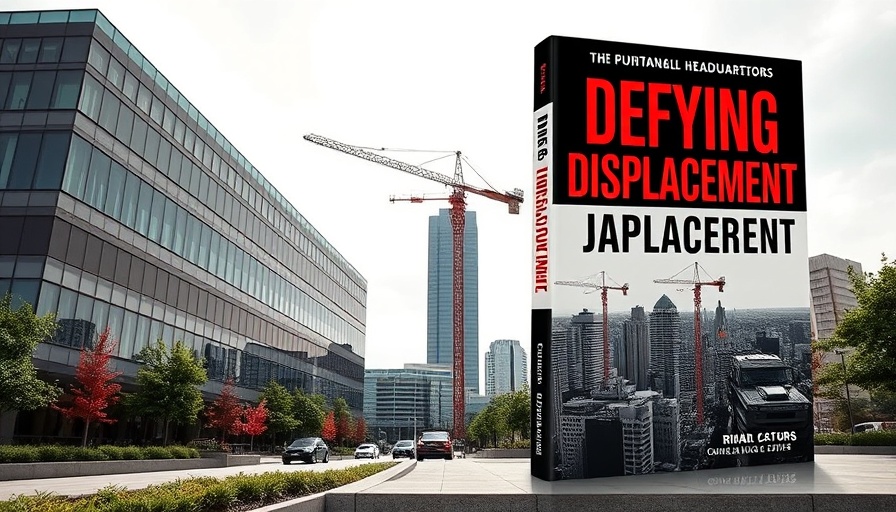
Housing Justice: Beyond Consumerism's Gentrification Trap
Gentrification is often represented merely as a consumer choice—a matter of who rents or buys what. But this superficial take obscures deeper socio-economic dynamics shaping our neighborhoods. Discussions about whose choices contribute to this phenomenon often focus on superficial aspects such as demographic shifts or the rising popularity of certain neighborhoods. Yet beneath this lies a critical question: How do we transition from ethically dubious consumerism to a framework prioritizing genuine housing justice?
Understanding Displacement: A Historical Context
The roots of modern displacement stem from a history of systemic inequality and governmental policies aimed at clearing urban spaces of working-class communities. Figures like Robert Moses have institutionalized a racist agenda under the guise of urban development. His view epitomized the harsh reality that many communities of color faced in the mid-20th century, where public policy actively conspired to erase their neighborhoods. Understanding how gentrification is a continuation of such strategies helps us grasp its complex societal implications.
Investment Strategies and Their Impacts on Neighborhoods
Recent initiatives, particularly during the Biden administration, emphasized investments in disadvantaged neighborhoods through programs like the Justice40 Initiative. While laudable, the potential pitfalls remain: without protective measures, these investments can lead to further displacement, driving out long-term residents who suddenly find themselves in economically transformed neighborhoods. The lack of stringent anti-displacement policies leaves vulnerable residents facing steep rent increases and evictions as new investments flood their communities.
Equity in Housing: Crucial Measures for Prevention
In order to counteract gentrification's effects, it's essential to adopt effective local measures—like community land trusts and stringent renter protection laws—that not only prevent displacement but also foster inclusive community development. States such as California waste neither time nor resources, pushing for reforms that protect renters while also investing in the creation of affordable housing units. By giving people a stake in their neighborhoods, we can begin to counteract the harmful effects of gentrification.
The Emotional Toll of Displacement
The emotional ramifications of displacement extend beyond mere physical relocation. Displaced individuals often experience stress, anxiety, and a loss of community—a sentiment articulated by many residents who have faced the upheaval of their lives due to external market forces. Highlighting personal narratives, like that of Javona Brownlee, paints a vivid picture of the stark realities forced upon struggling families. These stories permeate the communities that are at risk, serving as an emotional call to action for advocates and policymakers alike.
Actionable Steps for Homeowners
As homeowners, recognizing the cyclical nature of displacement enables us to advocate for meaningful policies that foster inclusivity rather than exclusion. Engage with local community organizations that push for anti-displacement policies, and participate in advocacy efforts to ensure that neighborhood changes benefit all residents. Being proactive not only enhances our communities but also fosters a sense of belonging among all residents.
Understanding the gravity of housing justice issues and collectively seeking solutions through community discourse are imperative steps homeowners can take. By doing so, we can nurture a cohesive community while resisting patterns of exclusionary development.
Take action today: Engage with your local housing advocate groups and support policies that prioritize the needs of existing residents over market-driven pressures. Together, we can ensure that housing equity prevails.
 Add Row
Add Row  Add
Add 




Write A Comment